There’s something mesmerizing about the symphony created by footsteps on historic wooden floors. The distinctive creaks, groans, and whispers of aged timber underfoot connect us to generations past, telling stories that walls cannot. These auditory experiences deliver authenticity that modern construction rarely captures, creating memorable moments for travelers who appreciate such sensory details. A place’s character often resonates through its floorboards—each creak a note in the melody of history.
Here is a list of 20 destinations where the sound of floorboards creates an unforgettable part of the experience, transforming simple acts of walking into journeys through time.
Shunkoin Temple, Kyoto
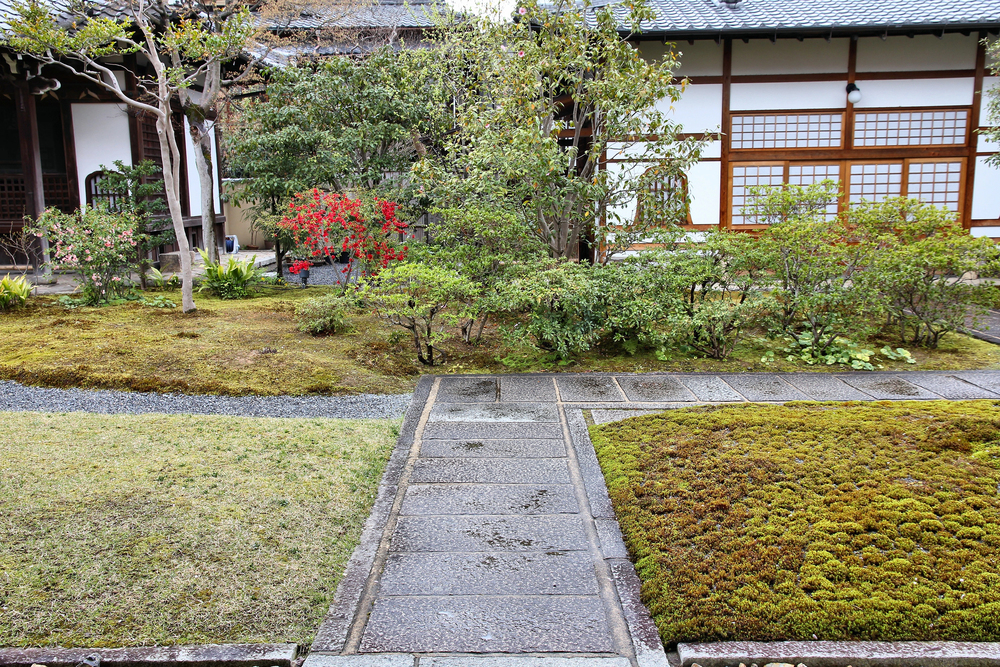
This 400-year-old Zen Buddhist temple features ‘nightingale floors’ specifically designed to chirp and sing with each footstep as an ancient security system. The squeaking floorboards, known as uguisubari in Japanese, were intentionally constructed to alert residents of intruders during feudal times.
Visitors today can experience meditation sessions while listening to the musical creaking that has remained unchanged for centuries.
Anne Frank House, Amsterdam
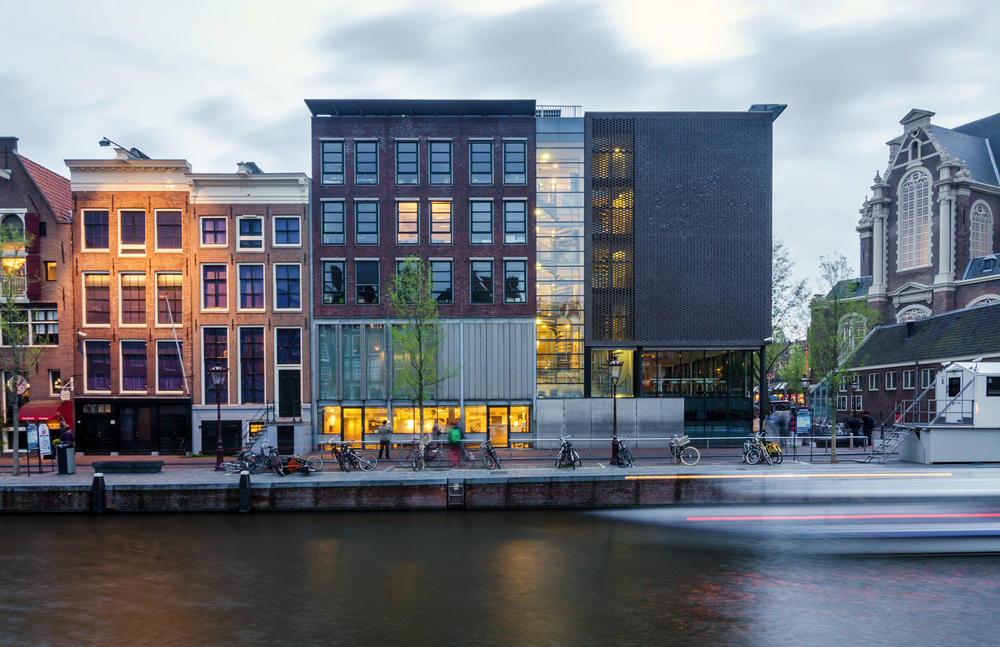
The warped pine floors of this historic hiding place carry the weight of profound history in every careful step. Visitors must walk the same boards that eight people once tiptoed across during two years of hiding, amplifying the space’s emotional impact.
The preservation team maintains these original floors with minimal intervention, allowing their authentic sounds to connect modern visitors with the past.
Like Travel Pug’s content? Follow us on MSN.
The Hermitage Museum, St. Petersburg
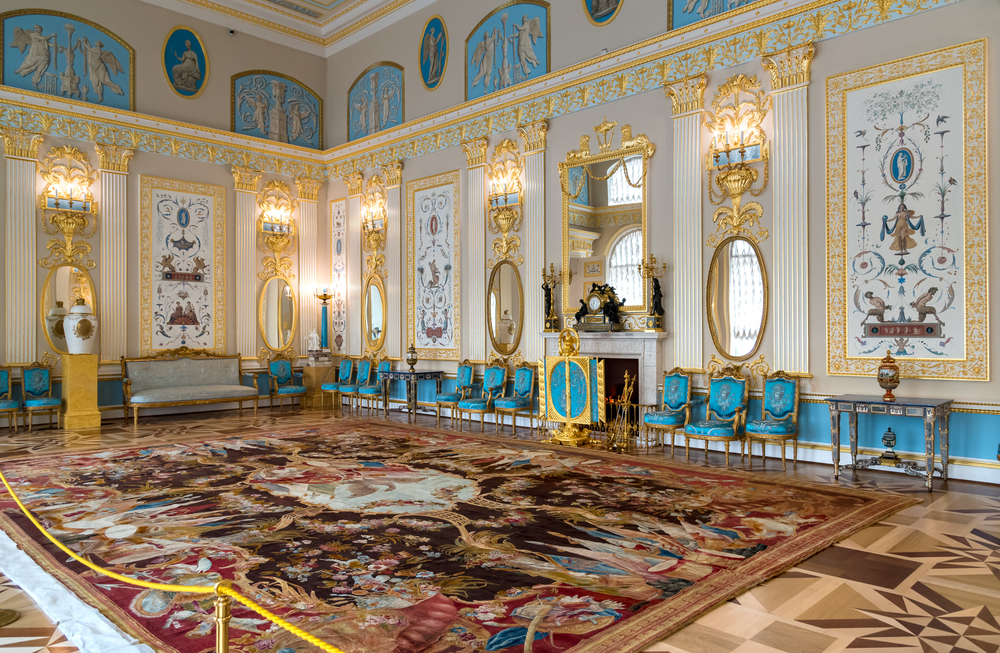
The grand imperial palace houses expansive parquet floors laid in intricate geometric patterns that sing differently in each magnificent hall. Some rooms contain the original 18th-century oak that has developed a melodious tenor after centuries of courtly dances and royal processions.
The restoration team employs traditional techniques to maintain these floors, ensuring that today’s footsteps echo with the same timbre that Catherine the Great would have heard.
Appomattox Court House, Virginia
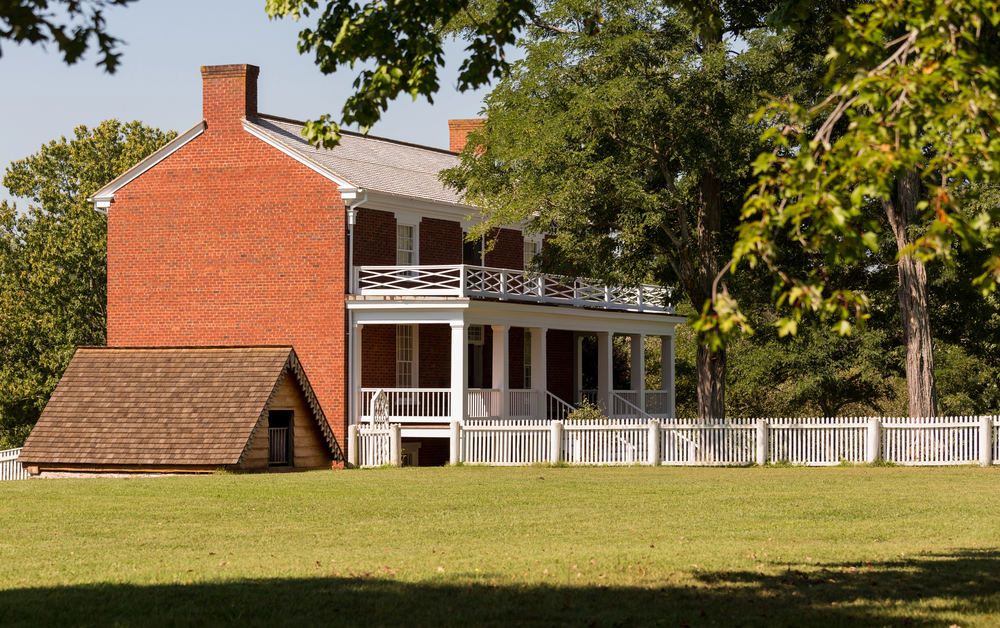
The simple pine floorboards of this historic courthouse witnessed the end of the American Civil War and produced a distinctive hollow resonance. National Park Service preservationists maintain the original 1850s flooring, allowing visitors to walk the same creaking path as General Lee and General Grant. The wooden floors have developed a patina and sound that no modern reproduction could duplicate, making each step a connection to a pivotal American moment.
Mawson’s Hut, Antarctica

This preserved explorer’s hut features Baltic pine floors that groan dramatically in response to Antarctica’s extreme temperature fluctuations. Though visitor access is highly restricted, those fortunate enough to enter report that the boards speak with voices shaped by over a century of polar conditions. Conservation efforts focus on preserving both the visual and acoustic properties of these historic floors that weathered some of Earth’s harshest conditions.
Like Travel Pug’s content? Follow us on MSN.
The Forbidden City’s Hall of Supreme Harmony, Beijing

The ancient nanmu wood floors of imperial China’s most important ceremonial building produce deep, resonant tones befitting their royal history. Construction techniques from the Ming Dynasty eliminated nails, allowing the wood to expand and contract with Beijing’s seasonal changes. The acoustic properties were intentionally designed to amplify the emperor’s footsteps during important ceremonies, creating an auditory representation of imperial power.
Planters Inn, Charleston
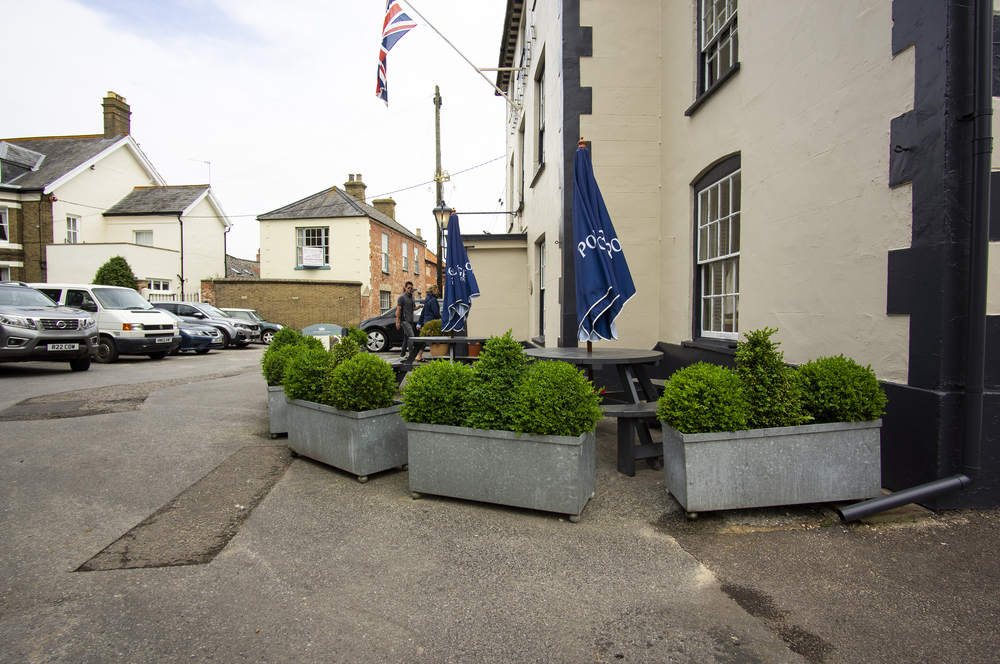
This meticulously preserved 1844 hotel features heart pine floors reclaimed from local colonial-era structures that sing with Southern humidity. Each room has a slightly different acoustic signature depending on the origin and age of its specific floorboards. The maintenance staff uses traditional beeswax treatments rather than modern polyurethane to preserve the floors’ distinctive voice.
The Mystic Seaport Museum, Connecticut
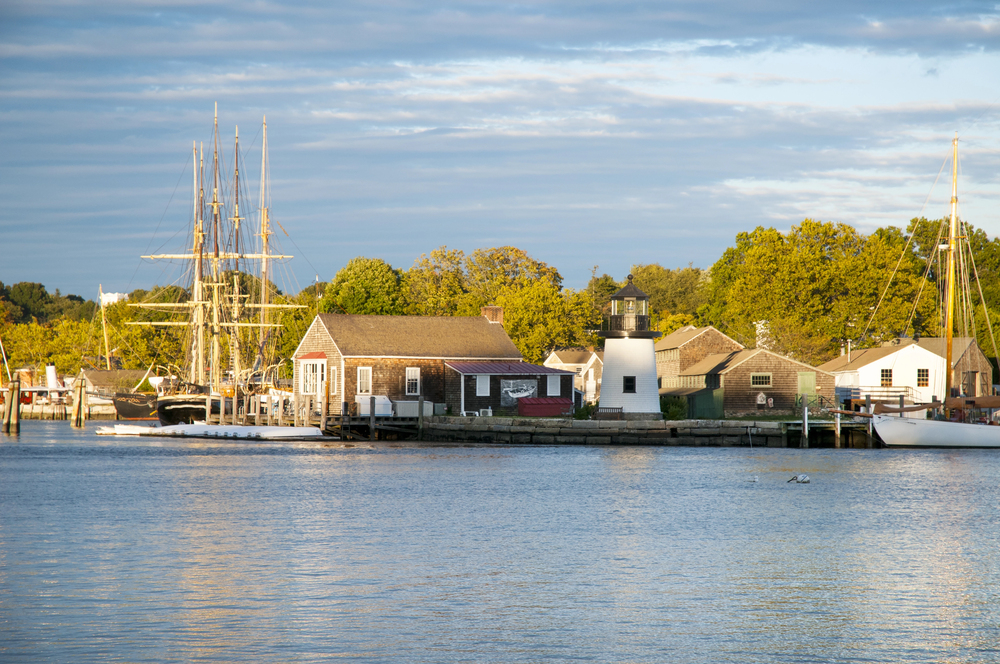
The preserved 19th-century shipping village features authentic shipbuilders’ workshops with floors that absorbed generations of shipwrights’ footsteps and maritime commerce. The salt-infused oak creates a unique timbre not found in inland structures of the same age.
Museum staff conduct regular audio recordings to document how the floorboards’ sounds change with seasonal humidity fluctuations.
Like Travel Pug’s content? Follow us on MSN.
Shakespeare’s Birthplace, Stratford-upon-Avon

The Tudor-era oak floors in the playwright’s childhood home have developed a melodious creak that adds atmosphere to this literary pilgrimage site. Over 500 years of footsteps have compressed certain boards, creating uneven surfaces that respond differently to each visitor’s weight.
The preservation team conducts acoustic monitoring to ensure that restoration work maintains the authentic sound profile of these historic floors.
Skogar Folk Museum, Iceland
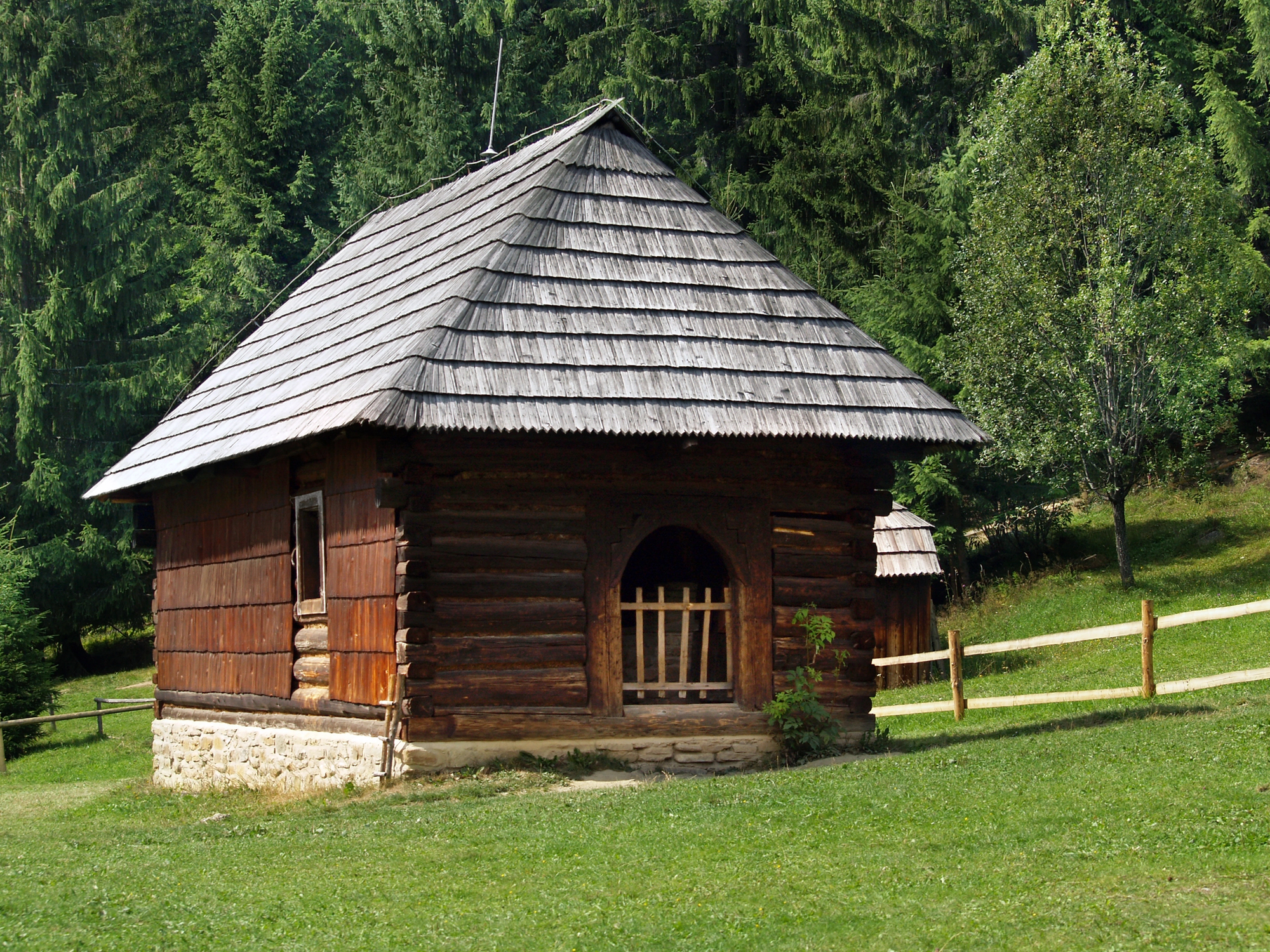
This collection of preserved Icelandic turf houses features driftwood floors that speak of volcanic soil and North Atlantic journeys. The wood, collected from shores around Iceland where no trees naturally grew tall enough for lumber, produces distinctive sounds unlike commercially harvested timber.
Local craftspeople maintain these floors using traditional techniques, preserving both their appearance and their unique acoustic properties.
Morgan Library, New York City
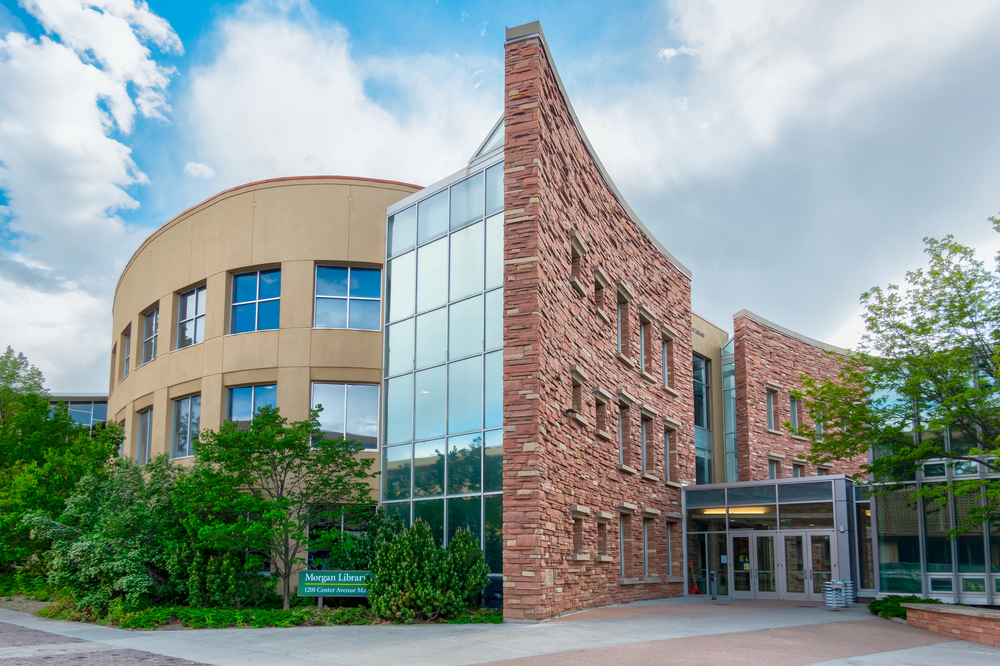
J.P. Morgan’s private library features walnut floorboards that produce rich, warm tones beneath the feet of today’s visitors. The librarians maintain specific humidity levels not only to preserve rare manuscripts but also to keep the floors at their optimal acoustic resonance.
The conservation team periodically tests the floors’ sounds against historic recordings to ensure their tonal qualities remain consistent with their Gilded Age origins.
Like Travel Pug’s content? Follow us on MSN.
The Winchester Mystery House, San Jose
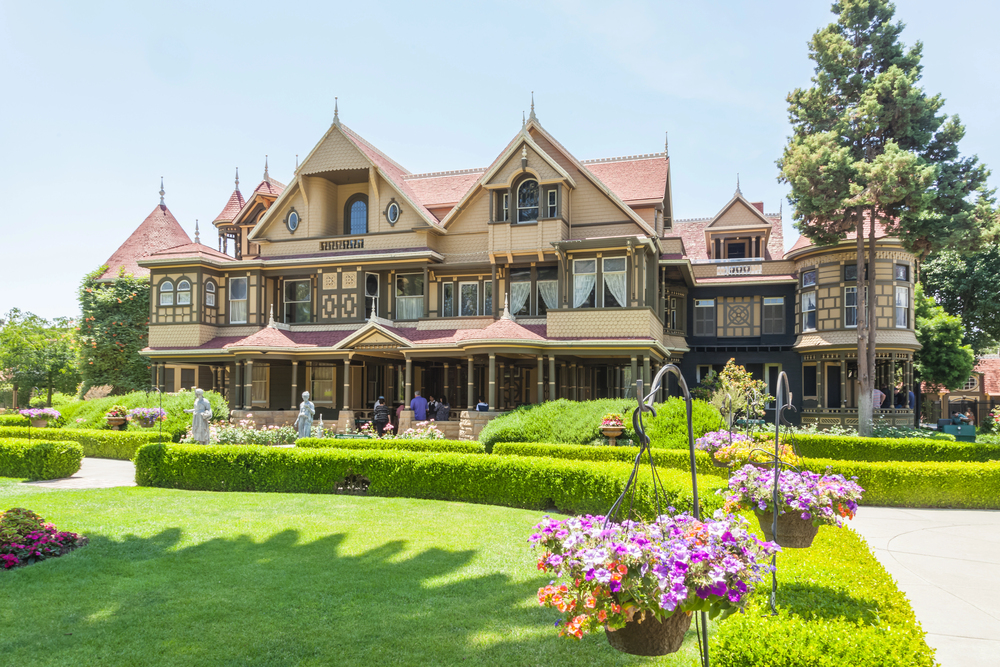
This bizarre Victorian mansion contains numerous floors deliberately constructed to creak and groan, allegedly to warn the superstitious owner of ghostly presences. Some boards were installed upside down or with special gaps to create specific sounds when stepped upon.
Tour guides often point out particularly vocal sections where visitors can experience the intentional acoustic engineering of this unusual home.
The Ancient City of Pingyao, China
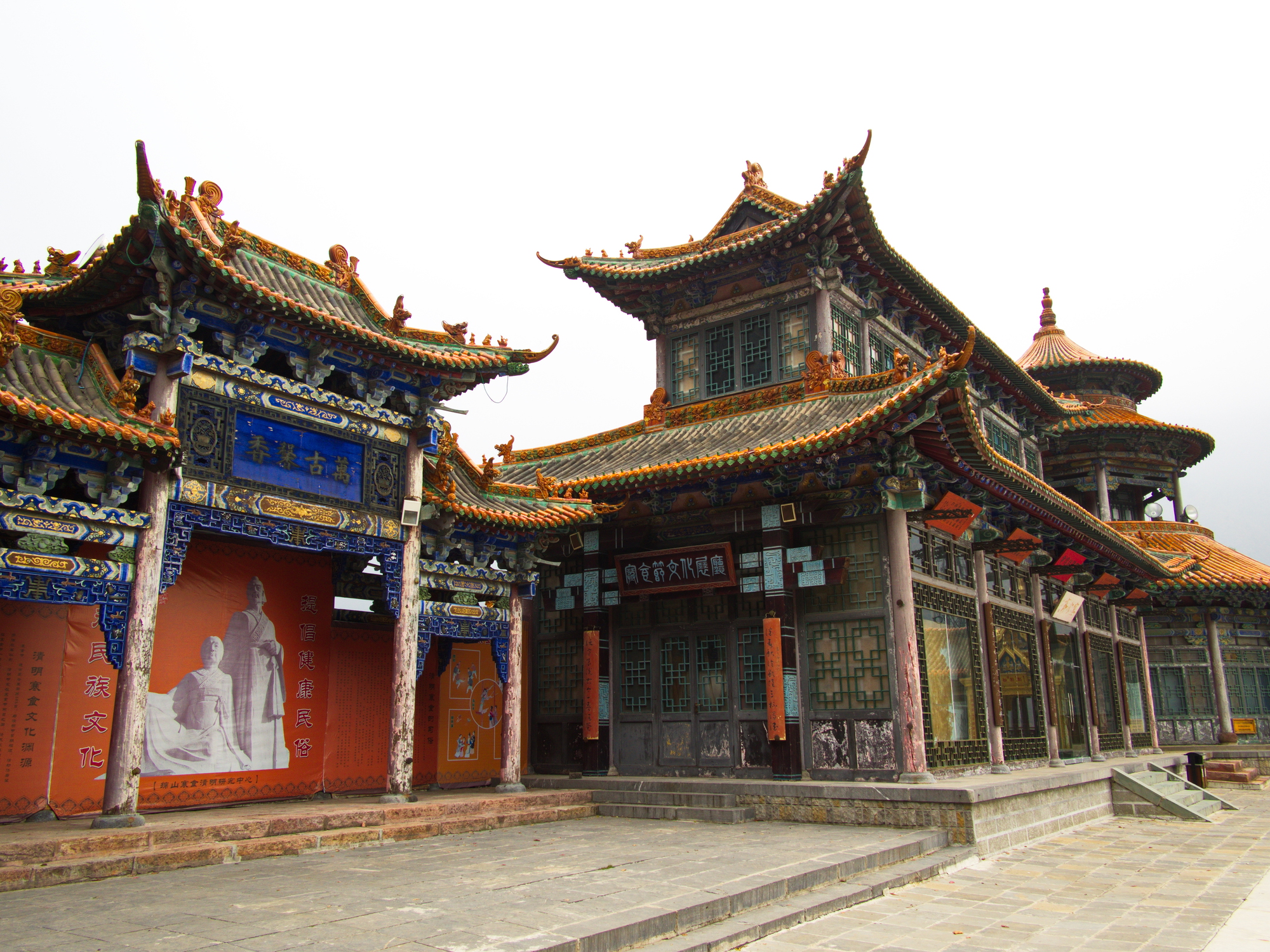
This Ming Dynasty trading center features worn elm floors in former bank buildings that have developed a distinctive musical quality from centuries of commercial traffic. The wood has compressed differently along historic pathways, creating natural sound maps of business activities long past. Preservation efforts focus on maintaining both the visual patina and acoustic signatures of these commercially important spaces.
The Palace of Versailles, France
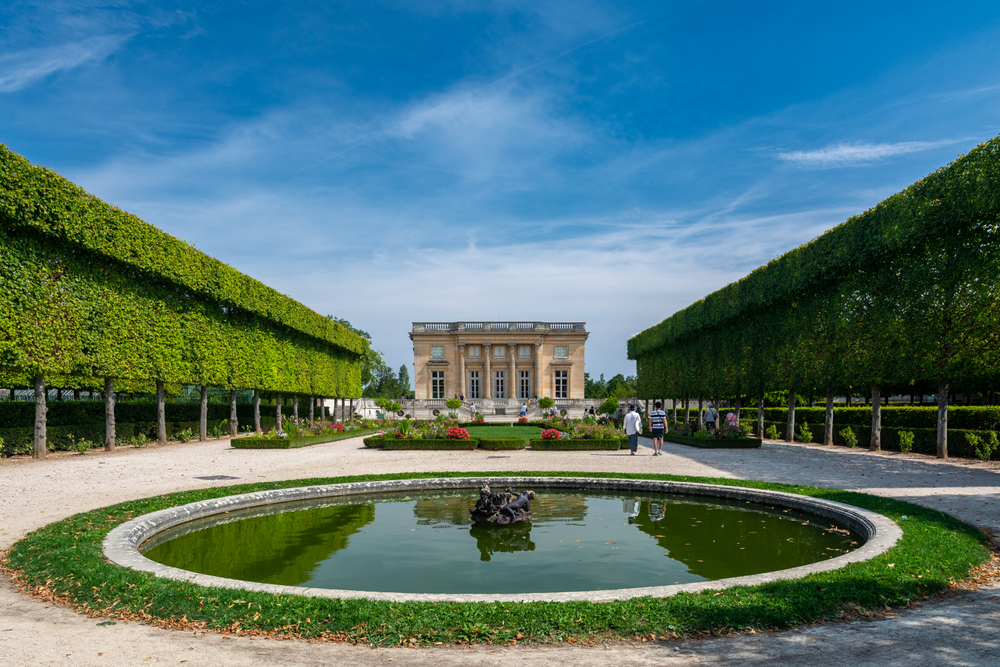
The royal apartments feature parquet de Versailles patterns that produce elegant, refined creaks befitting their aristocratic heritage. The oak was aged for decades before installation, creating particularly resilient floors that have maintained their distinctive sounds despite millions of visitors.
Modern conservation includes acoustic engineering to ensure that replacement boards match the sound profiles of the originals.
Like Travel Pug’s content? Follow us on MSN.
Tenement Museum, New York City
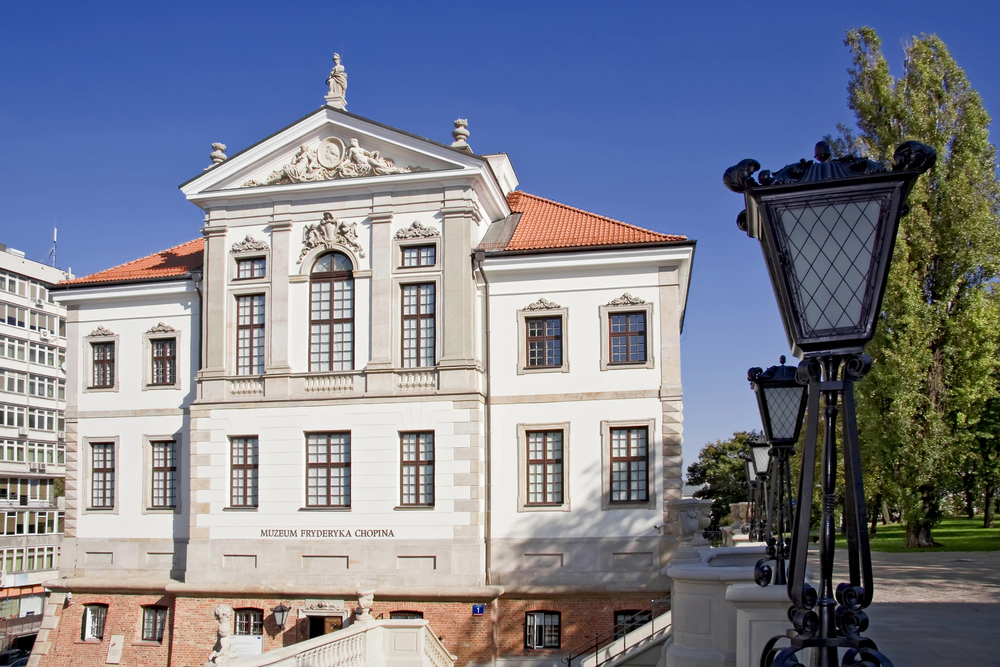
This preserved immigrant housing building contains humble pine floors that tell stories of countless families through their distinctive worn pathways and vocalizations. The preservation team has mapped sound profiles throughout the building, documenting how different waves of immigration created unique wear patterns.
The floors speak directly to the visitor experience, with each apartment producing sounds characteristic of its era and occupants.
Drottningholm Palace Theatre, Sweden
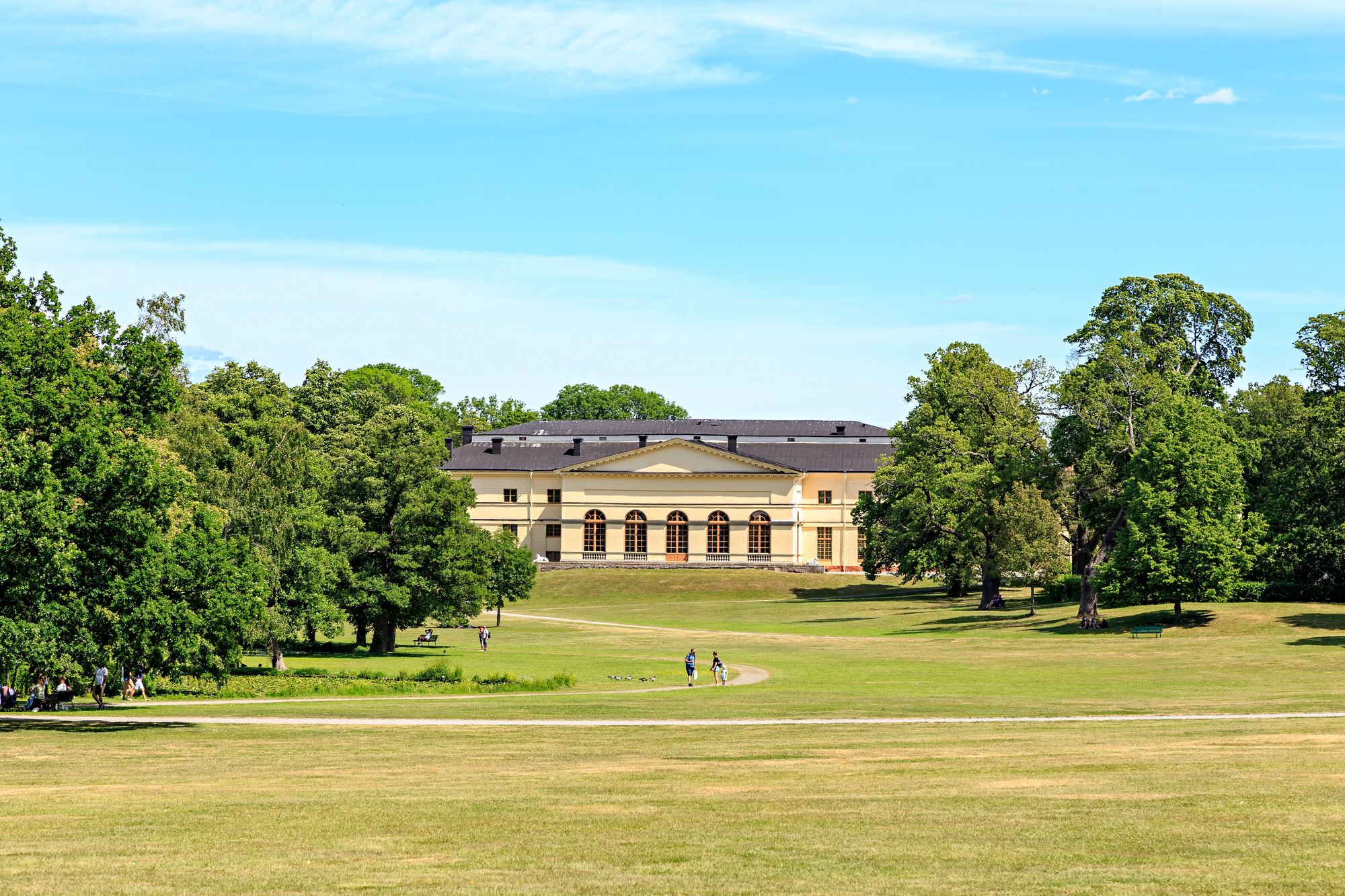
This perfectly preserved 18th-century theater contains original stage floors specifically designed to enhance acoustic effects during performances. The pine planks were selected and installed to amplify footsteps differently depending on the character’s status in the production.
Today’s performances still utilize these acoustic properties, connecting modern audiences to original baroque staging techniques.
Finca Vigía, Cuba

Ernest Hemingway’s Cuban home features native hardwood floors that have developed a tropical cadence from decades of humidity cycles. Preservation teams from Cuba and the United States collaborated to document the floors’ distinctive sounds as part of the site’s cultural heritage. Visitors report that the floorboards’ deep resonance adds to the atmospheric experience of the writer’s creative space.
Like Travel Pug’s content? Follow us on MSN.
The Abbey of Mont-Saint-Michel, France
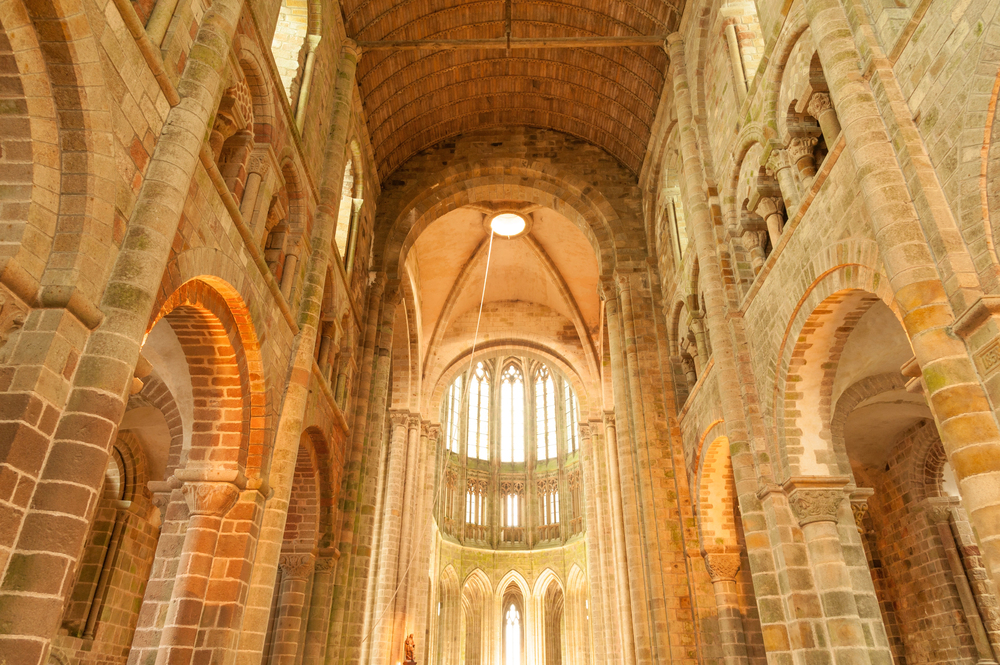
The medieval monastery’s oak floors have been polished by pilgrims’ feet for nearly a millennium, developing a soulful voice that complements Gregorian chants. The salt-laden marine air has created unique acoustic properties in the wood not found in inland structures of similar age.
Preservation specialists conduct regular acoustic monitoring to track how the floors’ sounds evolve with changing climate conditions.
Kolmanskop, Namibia
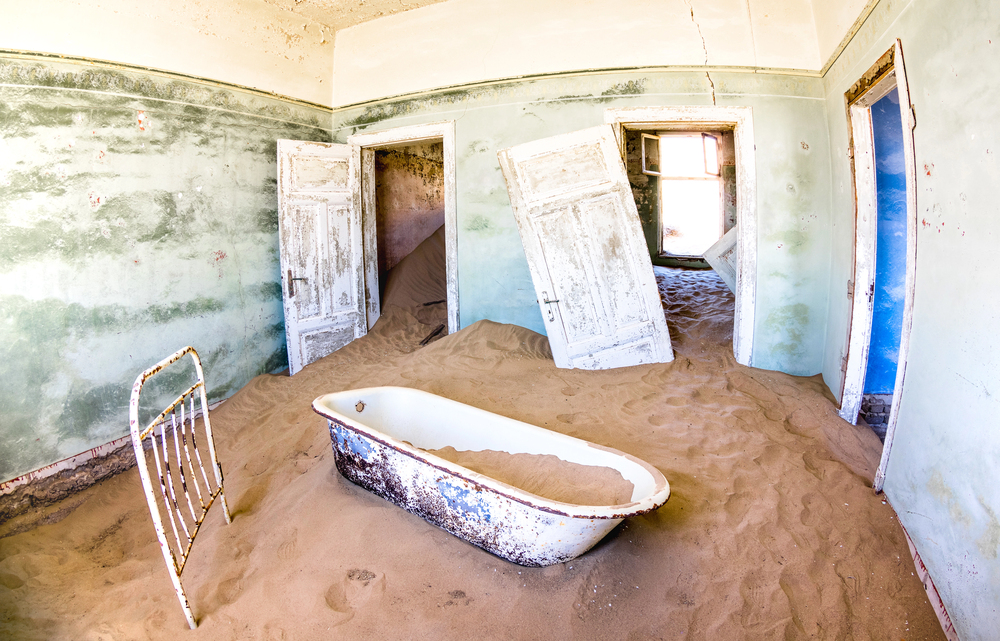
This abandoned diamond mining town is slowly being reclaimed by desert sands, creating floors that sing with each shifting dune. The imported German pine boards produce haunting sounds as they warp and bend under the pressure of accumulating sand.
Visitors report that the buildings create a natural acoustic instrument as wind passes through partially buried rooms, making the floors vibrate like drum membranes.
Flagler College, St. Augustine
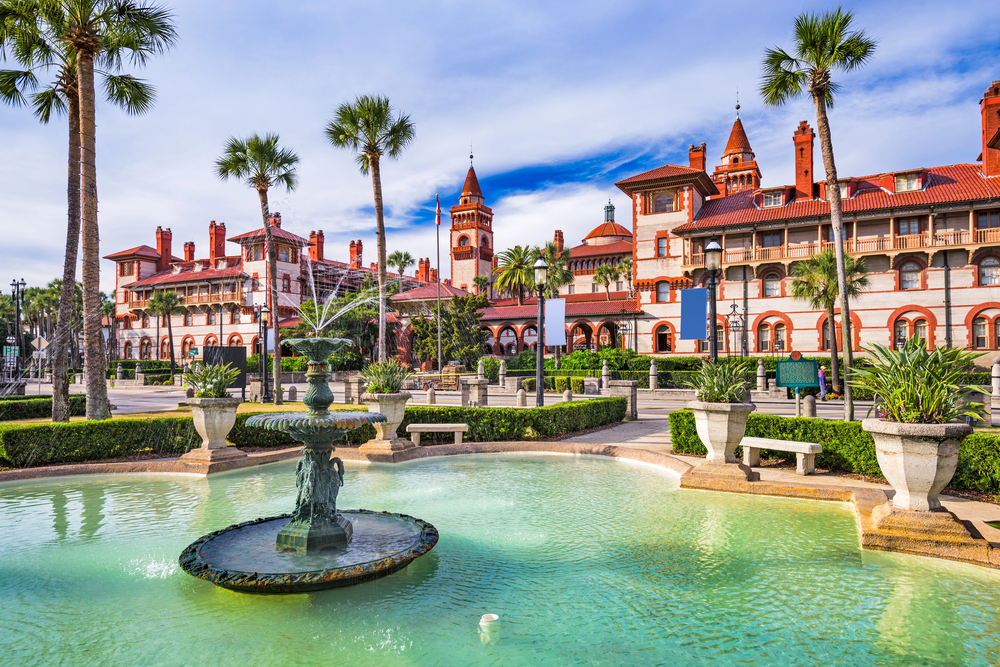
This opulent former hotel, built by railroad magnate Henry Flagler in 1888, features floors of carefully selected Appalachian oak that resonate differently throughout the building’s grand public spaces. The Rotunda, with its 80-foot domed ceiling, creates a particularly dramatic acoustic environment where footsteps echo with remarkable clarity.
Tour guides often demonstrate how the wood was engineered to minimize squeaking in residential wings while creating more resonant effects in social areas, reflecting the Victorian attention to auditory architecture.
Like Travel Pug’s content? Follow us on MSN.
The Timeless Symphony Beneath Our Feet

These destinations remind us that historic preservation encompasses more than just visual aesthetics—it includes protecting the authentic soundscapes that define our experience of place.
The voices of these aged floors connect us physically to the past in ways photographs cannot, providing a sensory time travel that resonates in memory long after visits end. For travelers willing to slow down and listen, these creaking, whispering floorboards offer a concert performed across centuries, with each footstep adding new notes to an ongoing composition.
More from Travel Pug

- Cities Growing so Fast You Won’t Recognize Them in 10 Years
- 13 Destinations Where Tourists Regularly Regret Their Trip
- 20 Obscure WWII Sites Even History Buffs Don’t Know About
- 10 Under-the-Radar Mountain Towns That Are Both Affordable and Beautiful
- Remote Villages in Europe Where You Can Live for Free in Exchange for Work
Like Travel Pug’s content? Follow us on MSN.
